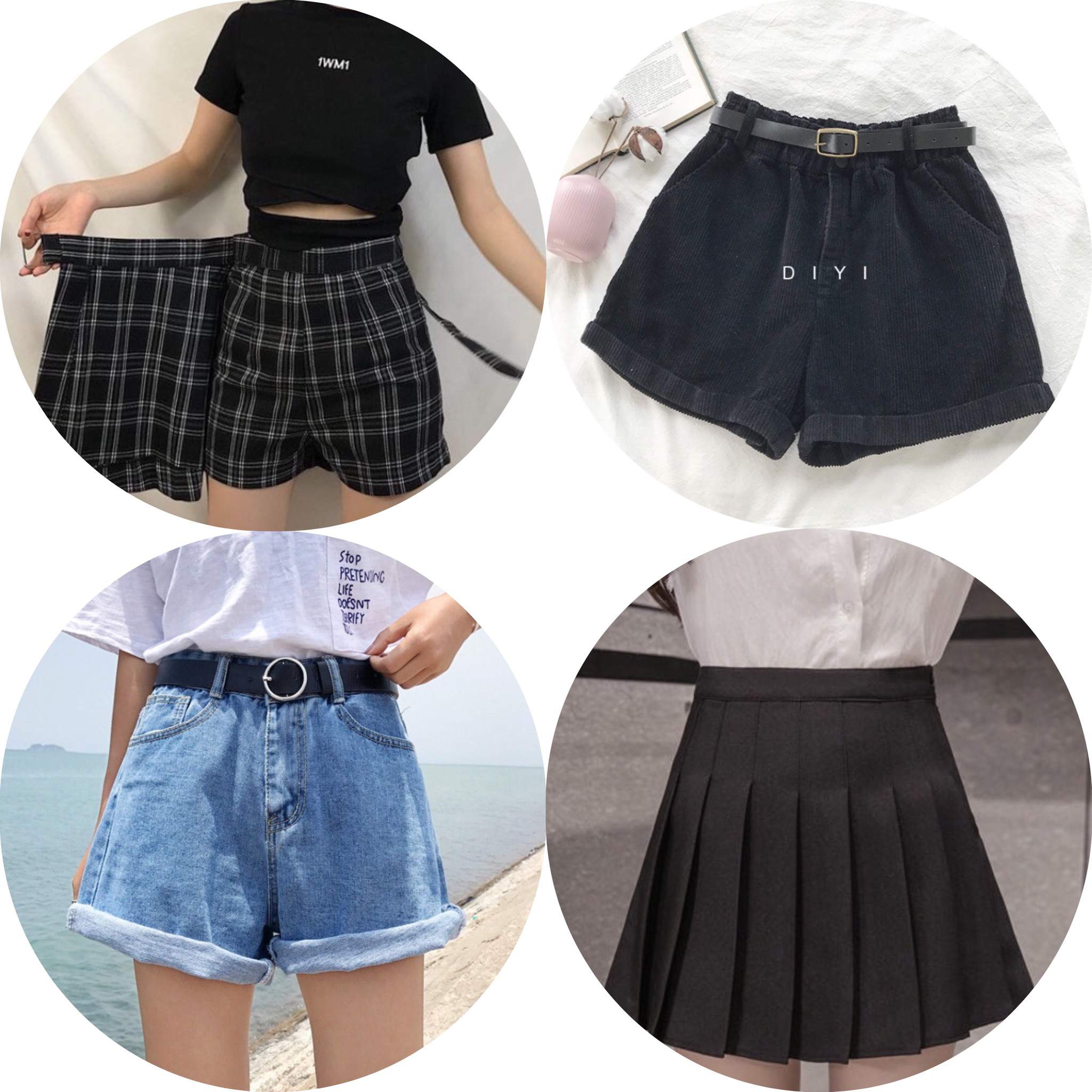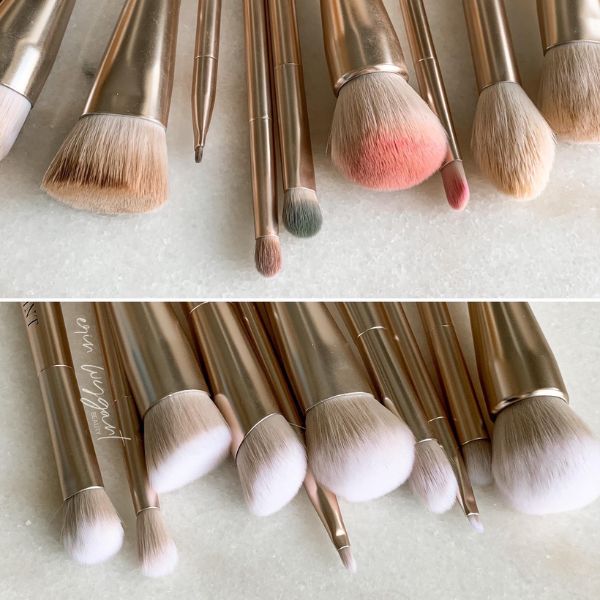Welcome to our blog entry, where we dive into the astonishing universe of design and manageability! Today, we have a consuming inquiry on our psyches: Is YesStyle quick style? Assuming you’re somebody who loves staying aware of the most recent patterns yet in addition needs to go with cognizant decisions with regards to your closet, this audit is for you.
The quick design has overwhelmed the business as of late, offering stylish and reasonable dress at lightning-quick velocities. In any case, behind the style and charm lies a debate that is difficult to overlook. The impeding effect on the two labourers’ rights and the climate has caused a commotion and started a dire requirement for change.
In this article, we’ll investigate whether YesStyle falls into the domain of quick design or on the other hand on the off chance that they are making strides towards a more reasonable methodology. We’ll analyze their plan of action, pay attention to client encounters, and, surprisingly, offer an elective choice for those hoping to embrace moral design without compromising style.
So snatch your number one refreshment (some natural tea maybe?) and we should make a plunge! Now is the right time to reveal whether YesStyle is important for the arrangement or adding to a developing issue in the present steadily developing style scene.
What is Quick Design?
Quick style is a term that has acquired critical consideration as of late. Yet, its meaning could be a little clearer. In basic terms, quick style alludes to the creation and utilization of apparel at fast rates. Described by economically caused pieces of clothing to pursue the most recent directions, yet frequently accompany a secret expense.
One of the vital highlights of quick design is its speed. Customary design cycles used to rotate around four seasons, however presently it seems like recent fads hit stores consistently. This consistent flood of stylish dresses urges purchasers to purchase all the more now and again, prompting inordinate waste.
One more part of quick style is its reasonableness. Retailers utilize minimal expense work and materials to deliver garments at unbelievably modest costs. While this might appear as though an extraordinary arrangement for customers on a strict spending plan, it frequently implies thinking twice about quality and solidness.
Tragically, in the background lies a reality of life: the abuse of the two labourers and the climate. Quick style brands re-appropriate creation to nations with lower work costs where labourers are exposed to unfortunate working circumstances and uncalled-for compensation.
Also, the natural effect can’t be disregarded by the same token. The interest in modest attire prompts overproduction which overwhelms normal assets like water and energy. Also, many pieces of clothing end up in landfills because of their short life expectancy or absence of reusing choices.
Quick design flourishes with speed and moderation yet comes at an exorbitant cost socially and naturally. As buyers become more cognizant of these issues, they are looking for choices that focus on manageability without forfeiting style or breaking their financial balances.
The Contention Encompassing Quick Style
Quick style has turned into a hotly debated issue of discussion lately, raising worries about its effect on the climate and work conditions. One of the primary debates encompassing quick style is its impending impact on the world. With a tenacious pattern of delivering economically made dress at rapid, quick style brands add to enormous measures of waste and contamination.
One more hostile issue is the double-dealing of labourers in the article of clothing production lines, especially in agricultural nations where work guidelines might be remiss or inadequately implemented. Many quick design brands have been blamed for re-appropriating creation to these locales to exploit low wages and unfortunate working circumstances.
Moral worries likewise emerge from the absence of straightforwardness inside supply chains. It very well may be provoking for shoppers to follow where their garments are made and under what conditions they were delivered. This mistiness makes it challenging for customers who focus on moral practices to pursue informed decisions about their buys.
Besides, the steady strain to stay aware of quickly changing patterns energizes extreme industrialism and empowers an expendable way of behaving. Quick design advances a culture that focuses on amount over quality, driving individuals to purchase an excess and dispose of things after a couple of purposes.
These debates have started discussions around feasible options like sluggish style or recycled shopping. The slow style accentuates higher expectations without compromise, advancing ageless pieces that are morally created and intended for life span instead of transient patterns. Recycled shopping lessens squandering by giving pre-cherished pieces of clothing a renewed outlook.
As mindfulness develops about the harmful impacts of quick style, customers are turning out to be more careful about their buying choices. By supporting brands that focus on manageability and fair exchange rehearses while boycotting those engaged with untrustworthy practices, people can assume a functioning part in driving change towards a more dependable industry.
Yesstyle: An Outline
With regards to online design retailers, Yesstyle is a name that frequently springs up. However, what precisely is Yesstyle and what separates it from other quick design brands? We should investigate.
Yesstyle was established in 2006 and has since acquired prominence for its extensive variety of in-vogue clothing, embellishments, and excellent items, and that’s just the beginning. It fundamentally takes special care of the Asian market yet transports around the world, making it available to clients all over the planet.
One viewpoint that recognizes Yesstyle is its attention to Asian style. From Korean streetwear to Japanese moderate styles, Yesstyle offers a different choice request to those looking for one-of-a-kind and in-vogue pieces.
As far as reasonableness, Yesstyle falls into the mid-range class. While certain things might be somewhat more costly than your typical quick style brand, they are by and large thought to be sensibly estimated thinking about the quality and plan.
One more remarkable element of Yesstyle is its accentuation on client surveys. Quick design frequently adds to ecological issues, for example, unreasonable waste creation and unscrupulous work rehearses.
Investigation of Yesstyle’s Plan of Action

Yesstyle, the famous internet-based retailer, has acquired a huge following among style devotees around the world. In any case, what is their plan of action precisely? We should investigate it.
One critical part of Yesstyle’s plan of action is its broad item range. From dress and assistants to excellent items and home merchandise, they offer a wide assortment of choices for their clients. This permits them to take special care of various preferences and inclinations, drawing in a different client base.
One more significant component of Yesstyle’s plan of action is its emphasis on reasonableness. They offer serious costs on numerous things, making style available to individuals across different spending plans. This methodology assists them in withdrawing in cost-cognizant customers who are searching for popular yet reasonable pieces.
Furthermore, YesStyle puts extraordinary accentuation on speed and comfort in their tasks. They have effective transportation processes that guarantee fast conveyance times for clients all over the planet. Their easy-to-understand site likewise makes perusing and buying simple for customers.
Moreover, YesStyle uses force to be reckoned with promoting as a component of their plan of action. Teaming up with powerhouses permits them to contact a more extensive crowd and create a whiz around their image.
Client Audits and Encounters
One of the most incredible ways of checking the real essence of a brand is by taking a gander at what clients need to say regarding their encounters. With regards to Yesstyle, there is a large number of conclusions out there. A few clients go wild about the incredible arrangements they found and the nature of the items they got.
In any case, not all client audits are positive. There are objections about sluggish transportation times and things not showing up true to form. A few clients likewise express worries about estimating irregularities and hardships with returns or trades. It’s critical to consider these negative surveys while thinking about whether Yesstyle lines up with your qualities and inclinations.
It’s important that while client audits can give significant bits of knowledge, they may not address everybody’s involvement in YesStyle. Every individual has individual assumptions and conditions that can influence their view of a brand. Assuming you’re keen on shopping more economically yet need admittance to reasonable Asian design, there are elective choices accessible.
Elective Choices for Economical Design
While Yesstyle may not fit the conventional meaning of quick design, it is critical to consider its strategic policies and client encounters while assessing its maintainability. The organization has put forth attempts to advance eco-accommodating drives and offers a great many items that are promoted as practical or moral.
In any case, assuming you are searching for elective choices that focus on maintainability all the more unequivocally, there are a few brands and stages worth investigating. The following are a couple of ideas:
1. Secondhand shops: Shopping at secondhand shops permits you to give new life to pre-adored dresses while decreasing waste and supporting neighbourhood networks.
2. Moral Brands: Search for brands that focus on fair exchange standards, utilize natural materials, or have straightforward inventory chains. A few famous models incorporate Patagonia, Everlane, Reconstruction, and Stella McCartney.
3. Rental Administrations: Think about leasing garments as opposed to getting them out and out. Stages, like Lease the Runway, permit you to get to originator pieces without adding to overconsumption.
4. Handed down Web-based Commercial centres: Sites, for example, Depop or Poshmark offer a tremendous choice of handed down dress from individual merchants around the world.
5. Do-It-Yourself and Upcycling: Get inventive by upcycling old articles of clothing into interesting new pieces or redoing existing things with your touch.
Recollect that genuine manageability goes past individual shopping choices; it additionally includes addressing cultural standards around industrialism and supporting fundamental change inside the business. Together, we can make a future where style meets morals without undermining our planet’s prosperity.




